This article was written by Luna Rose. Luna Rose is an autistic community member who specializes in writing and autism. She holds a degree in Informatics and has spoken at college events to improve understanding about disabilities. Luna Rose leads wikiHow's Autism Project.
wikiHow marks an article as reader-approved once it receives enough positive feedback. In this case, 96% of readers who voted found the article helpful, earning it our reader-approved status.
This article has been viewed 23,552 times.
Do your fingers wander to your face when bored? Do you thoughtlessly place bacteria-laden objects in your mouth? Stimming is not inherently bad, but some stims cause bodily harm or damage. This guide will help you redirect the bad stims to improve your health.
This article is aimed at autistic and other disabled people, but it may also be helpful for non-disabled people.
Steps
Understanding the Stim
-
1Consider whether the stim is actually harmful. Just because someone tells you a stim is wrong doesn't mean it's actually wrong. A harmful stim is one that makes you feel bad—it causes pain or damage to your body, it's unsafe/unsanitary, or you feel it causes you hardship (e.g. ripping so much paper that it's getting expensive to buy this much).
- A stim that makes people uncomfortable because it's different is not your fault. White canes and wheelchairs might make people uncomfortable too, but those disabled people aren't expected to abandon them.
- If your stim is not "socially appropriate," that's fine. Only abandon it if you (and you alone) aren't comfortable with it. If you are autistic and feel uncomfortable with stimming in public, the article How to Be Openly Autistic may help you.
- The only time your stim should change for others is if it involves touching them without their consent.
-
2Start noticing what's going on before you start the stim. Keep a log if it helps, or just remember. What sort of situations trigger the stim? What needs might you be experiencing? Pay attention, so you can start searching for patterns.Advertisement
-
3Recognize that stimming is a tool. This stim gives you something—an outlet for stress, a sense of relief, or something to keep your hands busy. If you understand what causes the stim, you will be much more effective at quitting.
-
4Consider getting outside feedback. The autistic community can provide insights, especially the #AskAnAutistic hashtag, and autistic writers willing to share their alternative stims. You can also talk through it with a therapist or habit reversal specialist.
- Research to see if the stim has turned into a disorder, such as dermatillomania (skin picking) or trichotillomania (hair pulling). These can be difficult to handle.
Replacing the Stim
After you feel confident that you have identified the reason you use the stim, you can fill that same need with a better stim.
-
1Address the need that makes you stim harmfully. If you can fill the need with a stim that doesn't cause harm, you will have no need to use the bad stim anymore.
- If you put objects in your mouth for oral stimulation, replace it with gum or candy.
- If you rip paper or scratch your skin to keep your fingers busy, play with your hair or a favorite stim toy instead.
- If you hit yourself, try massaging yourself or finding another way to get deep pressure.
-
2Make a list of stims that could fulfill the same need. Consider your own repertoire of stims, and look for lists of stims on the internet. Once you have a list, try out your new stims and see which ones feel helpful to you.
- Keep the list somewhere accessible as you begin learning to redirect the harmful stim.
-
3Use harm reduction for seriously damaging stims. For example, transitioning from headbanging to bouncing on an exercise ball may be too difficult. Banging your head into a couch cushion or placing a squishy stress ball in your hand first might be more realistic.
- Less harmful stims might be a "stepping stone" to completely harmless stims.
- If you relapse, you'll have a less harmful stim to use, rather than the most dramatic one.
-
4Pay attention to when you use the harmful stim. Noticing it is crucial to stopping it.
- Ask a friend or family member to tell you when they see you doing it.
- Use a physical reminder. Wear a hat if you pick at your forehead, and put on icky-tasting clear nail polish if you bite your nails.
-
5Switch to a new stim as soon as you notice yourself doing a harmful one. Congratulate yourself each time you notice what you're doing and redirect the energy into a harmless stim. In time, these conscious decisions will turn into a habit, and you will no longer need to think about it.
-
6Use helpful self-talk. Instead of focusing on what you want to avoid, tell yourself what you want to do instead. This helps you imagine yourself doing a good thing instead of a bad thing. For example, instead of thinking "don't hit yourself" over and over, think "rub your legs" and concentrate on doing the non-harmful thing.
Maintaining a Positive Lifestyle
-
1Take steps to reduce stress in your life. Sometimes, harmful stimming is a sign that you're facing too much stress.
- Accept yourself for who you are.
- Set aside "me time" each day to enjoy your special interests, take a warm bath, read a book, or do whatever makes you happy.
- Use deep pressure (weighted blankets, brushes) to feel calm.
- Drop any friends, activities, or therapists that make you feel worse instead of better.
-
2Identify a few people who make you feel heard and loved. Make sure to spend time with them on a regular basis. They are crucial to your sense of stability, and they're worth keeping.
- If you don't have anyone like this, reach out. Join a club, find a caring adult, do whatever you can do. You deserve someone who can support you.
-
3Get medical help for any mental or physical health issues. Plenty of stims are caused by mundane things—boredom, stress, et cetera—but some are the result of illnesses like panic disorder or depression. If you find yourself often stressed or feeling out of control, outside help is likely the best way to address it.
- Sometimes, people stim as a way to deal with physical discomfort. For example, if your head hurts and the only thing that helps is hitting it, you might have a problem with your head or mouth, so it could be worth having a doctor or dentist take a look.
-
4Be patient with yourself. Redirecting stims requires lots of energy and focus. It's natural for it to be a long process, and you may have periods of regression. Forgive yourself and keep moving.
Warnings
- If your stim is putting you at serious risk (e.g. severe headbanging), tell a doctor or autism specialist right away. They can give you extra help transitioning to something safer.⧼thumbs_response⧽



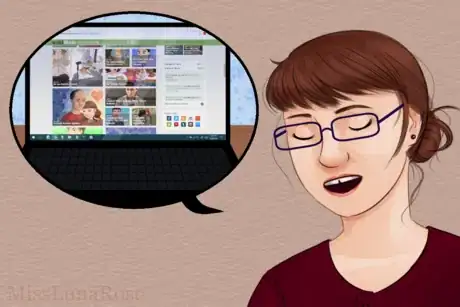








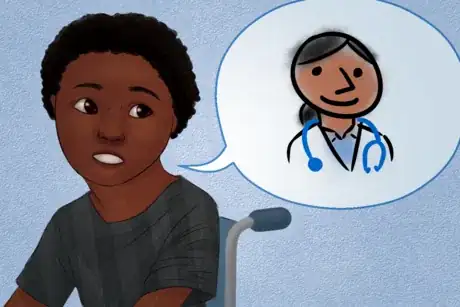

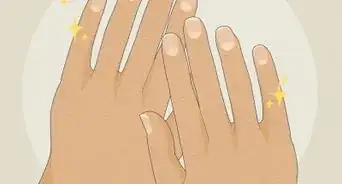









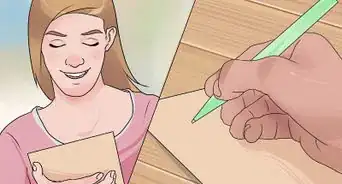





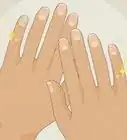







































Medical Disclaimer
The content of this article is not intended to be a substitute for professional medical advice, examination, diagnosis, or treatment. You should always contact your doctor or other qualified healthcare professional before starting, changing, or stopping any kind of health treatment.
Read More...